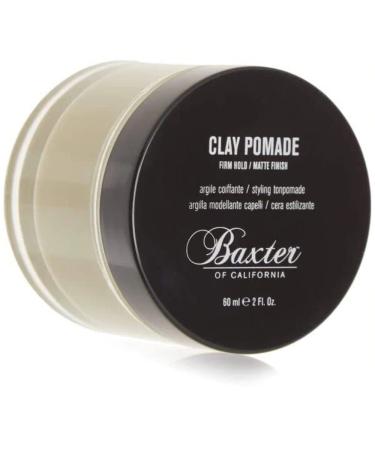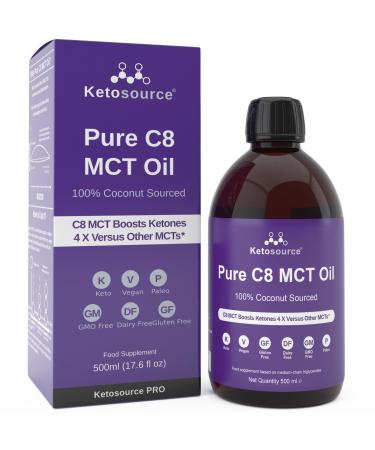Köycegiz Honey Pine Honey. Pine honey, the majority of which is produced in Köycegiz and its surrounding areas, is produced not from flower pollen but by bees using the secretion of the pine cotton beetle (commonly known as the Basra beetle) that lives on certain pine tree species specific to the climate of Köycegiz and its surroundings. 3 4 of the world's pine honey production is meticulously processed by our beekeepers in the Aegean region, gracing the tables of you, our gourmets.
The journey of pine honey begins with the Basra beetles sucking the sap of the pine tree. Bees gather the colorless secretion produced by these insects by wandering through our pine forests. On the way to the hive, the bees process the secretion with enzymes they produce, evaporating the water in the honeycombs to ripen it, resulting in Köycegiz Honey, a highly mineral-rich form of Pine Honey.
The Köycegiz Honey, carefully prepared by our beekeepers and meticulously tested in our laboratory, is darker in color than most other Köycegiz Flower Honeys. It can be stored for long periods without crystallization, and its taste and aroma are unique. It doesn't leave a burning sensation in the throat and is less sweet. Its benefits for the digestive system and respiratory tract are also recognized in medicine. Köycegiz Honey contains more minerals, enzymes, and amino acids than flower honeys. It is beneficial for children with iron deficiency and similar conditions, and for the healthy development of children. Mixed with a glass of warm water every morning, it helps with weight loss. It nourishes the hair and is said to be good for fatigue and weakness.
We offer Köycegiz Honey, a unique, resinous flavor, pleasant aroma, and exquisite taste derived from the unique red pine trees of the Aegean region, to you with the privilege of Köycegiz Honey.
Our Analysis Certificates
Köycegiz Honey is sampled from honey produced during the harvest season, thanks to the diligence of our bees and the dedication of our beekeepers. All our honey is analyzed regularly at accredited universities in Turkey (Hacettepe University, Mugla University) under the supervision of leading experts in honey.
All of our purity analyses, based on the Turkish Food Codex Honey Communiqué, are available alongside the products. If we consider these honey parameters individually:
Proline is the dominant amino acid in our Köycegiz Honey and Pine Honey. Its amount is a quality criterion for Köycegiz Honey and Pine Honey. A high or low proline value indicates whether the bees are collecting nectar from nature during the Köycegiz Honey and Pine Honey production period. According to the Turkish Food Codex Honey Communiqué, the minimum proline level required for our Köycegiz Honey and Pine Honey is 300 mg kg. Accordingly, the level in our Köycegiz Honey and Pine Honey is 635.01 mg kg.
Diastase is the most abundant enzyme in our Köycegiz Honey and Pine Honey. This enzyme is produced by bees during the ripening of Köycegiz Honey and Pine Honey, secreted from their stomachs, and transferred to the Köycegiz Honey and Pine Honey. The value of this enzyme indicates whether the Köycegiz Honey and Pine Honey has been heat-treated. According to the Turkish Food Codex Honey Communiqué, the diastase value must be at least "8." Accordingly, the value in our Köycegiz Honey and Pine Honey is "8.40."
The moisture content refers to the amount of water in Köycegiz Honey and Pine Honey. It plays an important role in determining the maturity and shelf life of Köycegiz Honey and Pine Honey. When the bees deposit the moisture content in the honeycomb cells, the moisture content is approximately 0-35 . The bees reduce this moisture content below 0 by balancing the hive temperature and flapping their wings. A moisture content above 0.001 indicates that Köycegiz Honey and Pine Honey was harvested early by beekeepers. According to the Turkish Food Codex Honey Communiqué, the maximum moisture content is 0.001. This value is 0.12 in our Köycegiz Honey and Pine Honey.
Electrical conductivity is measured to determine the mineral and acid content in Köycegiz Honey and Pine Honey. Electrical conductivity can vary depending on the amount of organic acids, minerals, and protein present in Köycegiz Honey and Pine Honey, and as a result, Köycegiz Honey and Pine Honey can be classified as either secretion or blossom honey. According to the Turkish Food Codex Honey Communiqué, the electrical conductivity of secretion honey must be at least 0.8 mS cm. The electrical conductivity value in our Köycegiz Honey and Pine Honey is 1.24 mS cm.
Free acidity and pH are the primary elements determined by the amount of organic acids, minerals, protein, and carbohydrates found in Köycegiz Honey and Pine Honey. This process plays a significant role in the fermentation of Köycegiz Honey and the determination of Secretion Honey. The acids found in Köycegiz Honey and Pine Honey not only affect the taste and flavor of the honey but also prevent the growth of microorganisms in Köycegiz Honey and Pine Honey. According to the Turkish Food Codex Honey Communiqué, the free acidity value of Köycegiz Honey and Pine Honey must not exceed 50 meq kg. The free acidity value of our Köycegiz Honey and Pine Honey is 1.28 meq kg.
Hydroxymethylfurfural (HMF) in Köycegiz Honey Pine Honey. The amount of HMF increases under the influence of parameters such as heat treatment of Köycegiz Honey Pine Honey and prolonged storage in adverse conditions. HMF is formed by the condensation of the carbonyl groups of reducing sugars in Köycegiz Honey Pine Honey with the amine groups of amino acids and proteins. The HMF value is an indicator of the freshness of Köycegiz Honey Pine Honey. According to the Turkish Food Codex Honey Communiqué, the HMF content in Köycegiz Honey Pine Honey must not exceed 40 mg kg. The HMF content in Köycegiz Honey Pine Honey is 11.57 mg kg.
The C4 and Delta C13 values in Köycegiz Honey Pine Honey are C13 analysis in Köycegiz Honeydew Honey is the most common method used to identify cane sugar, corn-based sugar, and glucose-based sugars. By considering the different photosynthetic cycles of plants, it provides information about whether Köycegiz Honeydew Honey has been adulterated based on the isotope ratios in Köycegiz Honeydew Honey and honey protein. According to the Turkish Food Codex Honey Communiqué, the C4 sugar content in Köycegiz Honeydew Honey, resulting from the process between the C13 honey and protein fractions, must not exceed 7 . The C4 sugar content in Köycegiz Honeydew Honey is 1.25 .
Sugar profile analysis in Köycegiz Honeydew Honey: Because Köycegiz Honeydew Honey is a carbohydrate-rich food, its dry matter content is approximately 99 , 95 of which consists of fructose and glucose. These two monosaccharides, which give Köycegiz Honey and Pine Honey its unique flavor, are formed by the inversion of sucrose found in the nectar of plants or in the secretions of insects living on plants, by the invertase enzyme. According to the Turkish Food Codex Honey Communiqué, the sugar content and ratio in Secretion Honey is at least 45g per 100g, and the Fructose Glucose ratio is between 1.0 and 1.4. In Köycegiz Honey and Pine Honey, the Fructose Glucose ratio is 56.78 and 1.3.
There should be no sucrose in honey. Bees invert the nectar they collect, breaking it down into fructose and glucose until no sucrose remains. The presence of sucrose in honey is an indication of adulteration. There is no sucrose in our Köycegiz Honey and Pine Honey.
Pollen Analysis: The honey-bearing plant species that are the source of Köycegiz Honey and Pine Honey are abundant in our country. Turkey boasts a diverse range of approximately 450,000 different plants, varying depending on the region. The Köycegiz region is also a significant location for Pine Honey. Pollen analyses performed on honey provide useful information in determining their geographic and floral origins. Pollen analysis determines the nectar-bearing plants in that region, the naming of Köycegiz Honey and Pine Honey, and the quality and yield of Köycegiz Honey and Pine Honey.
Phenolic and Antioxidant Analysis in Köycegiz Honey and Pine Honey: Antioxidants are compounds that prevent the formation of free radicals in the body, preventing cell damage. These reactions can be toxic in foods and cause health problems. In short, antioxidant activity can reduce oxidative reactions in the body. Köycegiz Honey and Pine Honey are known to be rich in enzymatic and non-enzymatic antioxidants. Köycegiz Honey and Pine Honey are rich in antioxidant compounds such as flavonoids and phenolic acids, as well as tocopherols, alkaloids, and ascorbic acid. The color of Köycegiz Honey and Pine Honey generally depends on the carotenoids and flavonoids it contains. Dark-colored honeys have a higher antioxidant content. In short, honey is rich in antioxidants and can vary depending on the region and season. The phenolic compound content in Köycegiz Honey and Pine Honey is 664.005 mgGAE kg.













